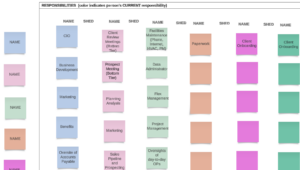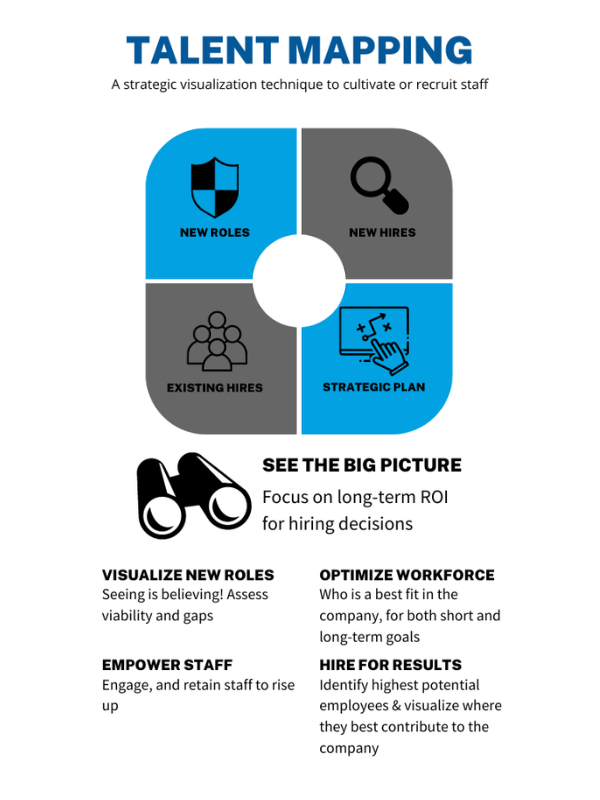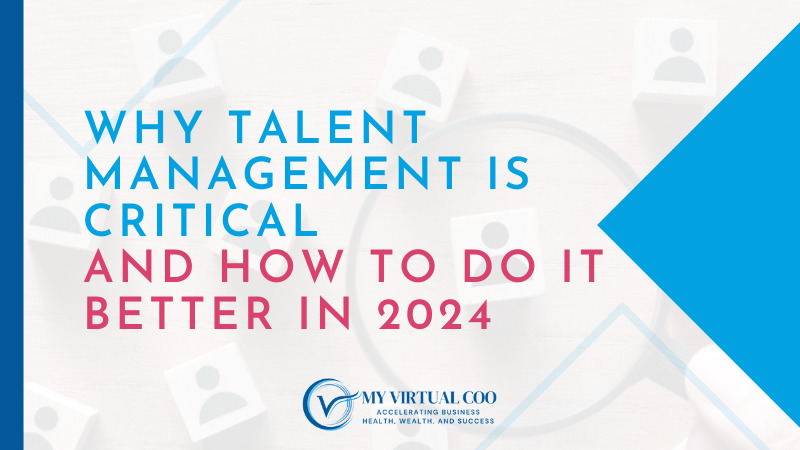When was the last time you thought about cultivating new hires into the employees your business will need tomorrow?
How often do current employees crave a clear vision of their future? And how often do executives wonder what’s next for them as they nurture the younger generation of staff?
Most business owners have a picture of where they’d like their company to go. Yet few give serious thought to three critical questions:
- How viable is our current team?
- What staffing gaps exist now, or will appear soon?
- What new hires will we need to scale smoothly?
After more than 30 years transforming businesses, I can confidently say: Talent Mapping, visualizing career paths and hiring needs, is the most effective way to answer all three questions. It’s a powerful method to scale with less effort and cost.
What Is Talent Mapping and Why Does It Matter?
Talent Mapping is the strategic process of visualizing and planning the people you’ll need today, tomorrow, and in the years ahead.
- It helps you assess:
- The viability of your current team
- The gaps between where you are and where you’re going
- Opportunities for internal promotions
- Future hires that aren’t even on your radar yet
Think of it as creating a roadmap of roles, responsibilities, and potential. It goes beyond recruitment; it’s about shaping your team around your long-term business goals.
And with today’s unpredictable business landscape, that kind of foresight is more valuable than ever.
The Psychological Advantage of Seeing the Big Picture
There are profound psychological benefits to seeing your team from a bird’s-eye view.
You’ve likely heard the phrase, “seeing is believing.” This idea, popularized by the self-help bestseller The Secret, may feel overused, but it’s rooted in real psychology.
Visualizing your ideal future prepares the mind for change before it happens. It helps condition the brain to see, hear, and feel a desired outcome. That’s exactly what Talent Mapping offers: a way to condition your organization for change and growth.
Creating a responsibilities chart or future-focused org structure helps you imagine roles not just as they exist today, but as they will evolve after key improvements or business milestones.
As statistician John Wilder Tukey once said:
“The greatest value of a picture is it forces us to notice what we never expected.”
Talent and responsibilities mapping doesn’t just help you plan. It prepares your team mentally, increases buy-in, and guides smarter decision-making.

How to Talent Map to Visualize New Hires
Talent Mapping starts by evaluating your current staff. You’ll need to assess:
- Who’s thriving?
- Who’s underutilized?
- Where are the immediate gaps?
Sometimes, you’ll discover that a new hire isn’t necessary. Instead, reshuffling responsibilities or promoting from within may solve the issue.
Talent Mapping also helps identify high-potential team members. It lets you visualize how they could contribute more as the business evolves, and who may not be the best long-term fit.
Be thorough. Your talent map should include not just full-time staff, but contractors, outsourced providers, and even support roles like janitorial services. Everyone has a place in your operational ecosystem.
Want help getting started? Use this Talent Mapping Template and explore our Sample Responsibilities Chart for inspiration.
Visualizing Roles That Don’t Yet Exist
A common question is: How do I map out a role that doesn’t exist yet?
Here’s a simple example: You might not need a marketing manager right now. But if you’re planning to expand, that role could be crucial six months down the line.
Maybe someone on your current team, like a capable coordinator, can step into that role. Or perhaps you’ll need to hire or outsource. Talent Mapping, or role charting, allows you to imagine both possibilities and prepare for either.
The same concept applies when a single role starts to split. Perhaps your administrator currently handles a wide range of tasks, operations, client communication, and even billing. As your company grows, this one-person role could evolve into three:
- A manager
- A coordinator
- A support hire
Talent Mapping helps you project these needs before your team hits capacity.
The Main Goal and Core Benefit of Talent Mapping
At its heart, Talent Mapping is about strategic planning.
It ensures you’re cultivating or recruiting the right people to meet your goals, whether that’s next quarter, next year, or five years down the line.
Some key benefits include:
- Succession planning and leadership development
- Increased alignment between talent and business goals
- Reduced hiring costs through internal development
- Clearer vision for current and future role transitions
With the right mindset and tools, Talent Mapping helps you scale with intention, not guesswork.
And yes, it also lays the groundwork for your future business exit, ensuring the next generation of leaders is ready.
Final Thoughts: If You Can See It, You Can Build It
If you’re running a service-based business and want to make smart investments in your future, Talent Mapping is a must-have strategy.
Start today. Imagine the roles you’ll need. Visualize who’s ready to grow. Identify the skill gaps holding you back, and chart your course forward with confidence.
Need help? Let’s chat. Book a call with us to explore which service options align best with your growth plans.
Want to know where your business stands today? Take our free 2-minute business assessment and find out.







